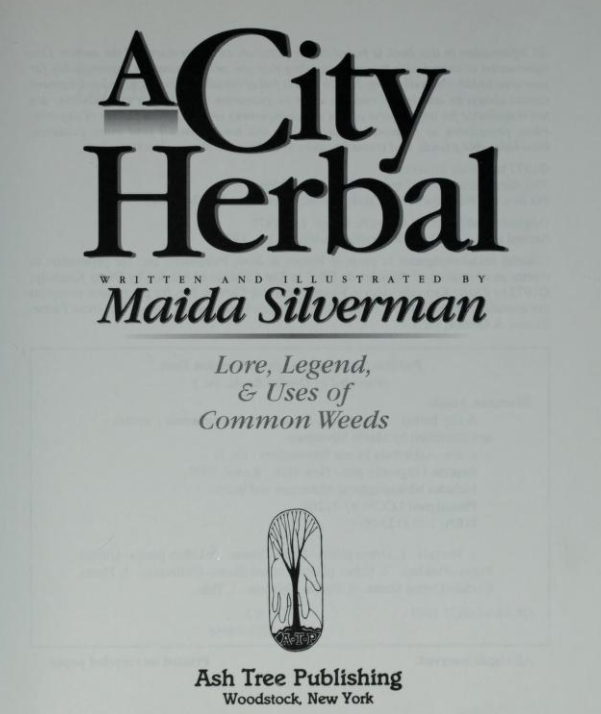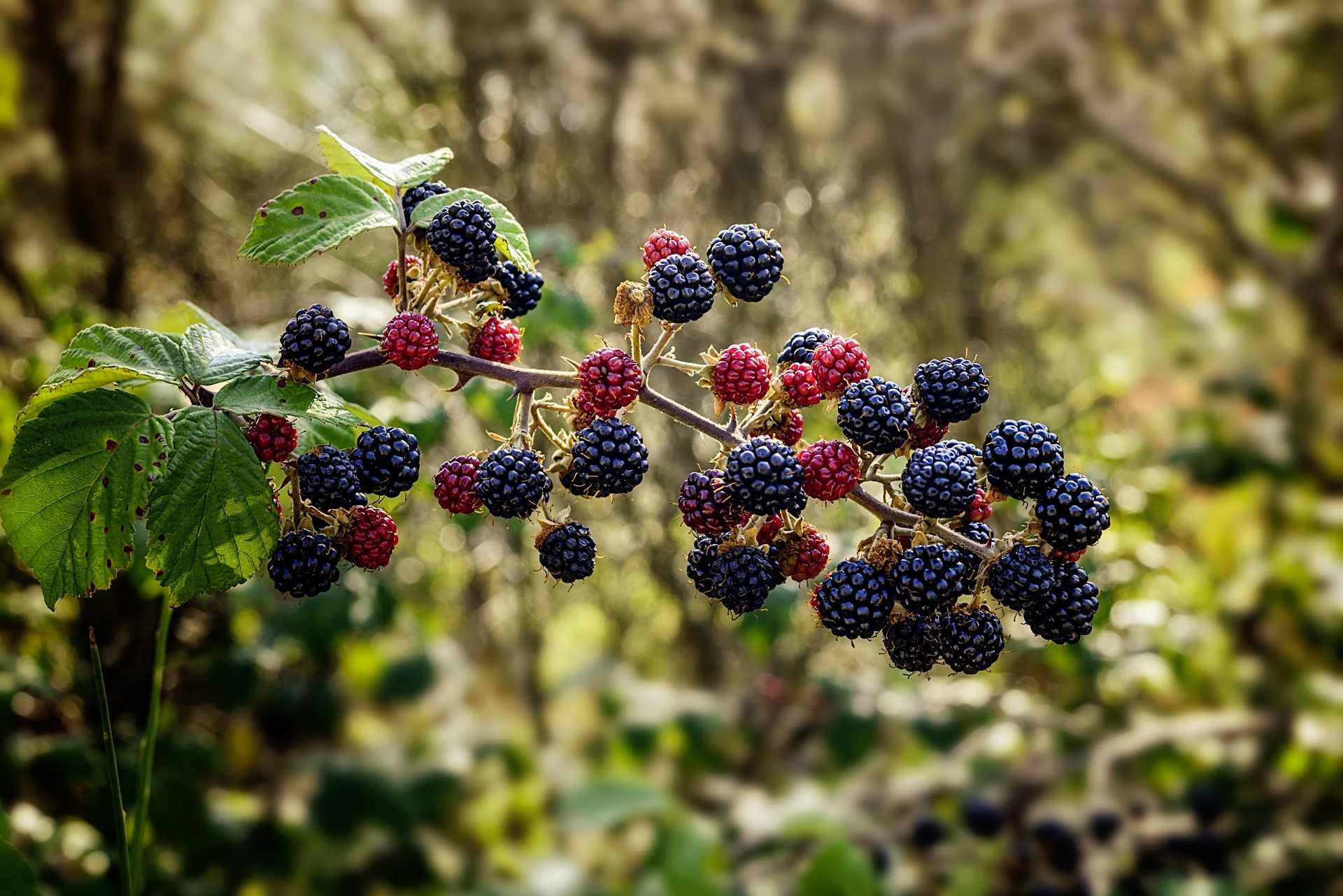Foraging
Foraging can be a fun way to get some exercise and come home with edible ingredients for a meal. There are many edible herbs, greens, mushrooms, berries, and more hiding in plain sight in the Baltimore region. This section shares some resources that will help you to learn the skills necessary to find, identify, and safely consume edible plants.
Please note that we do not recommend eating foraged plants until you are absolutely sure that they are non-toxic.
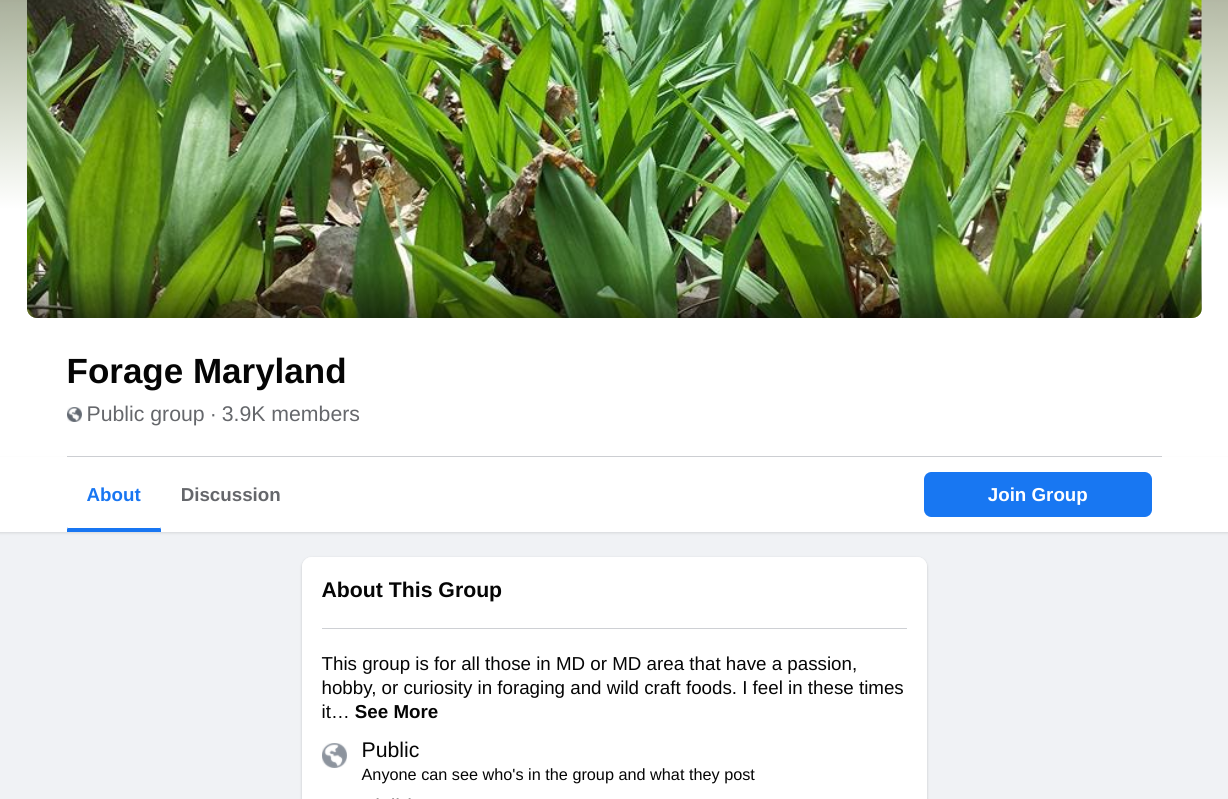
Forage Maryland
This Facebook group is composed of Marylanders who are interested in learning about and disseminating information on foraged and found foodstuffs. Frequent post topics include plant and fungi identification, sharing hotspots for rare and popular finds, and brainstorming ways in which foraged foodstuffs can be used. The page consists of community members who range in experience and their suggestions should always be verified before trusting them, particularly in regards to mushroom identification.
"Urban Foraging in Baltimore in the Time of a Pandemic." Baltimore Brew, Nov.2020, by Marta Hanson
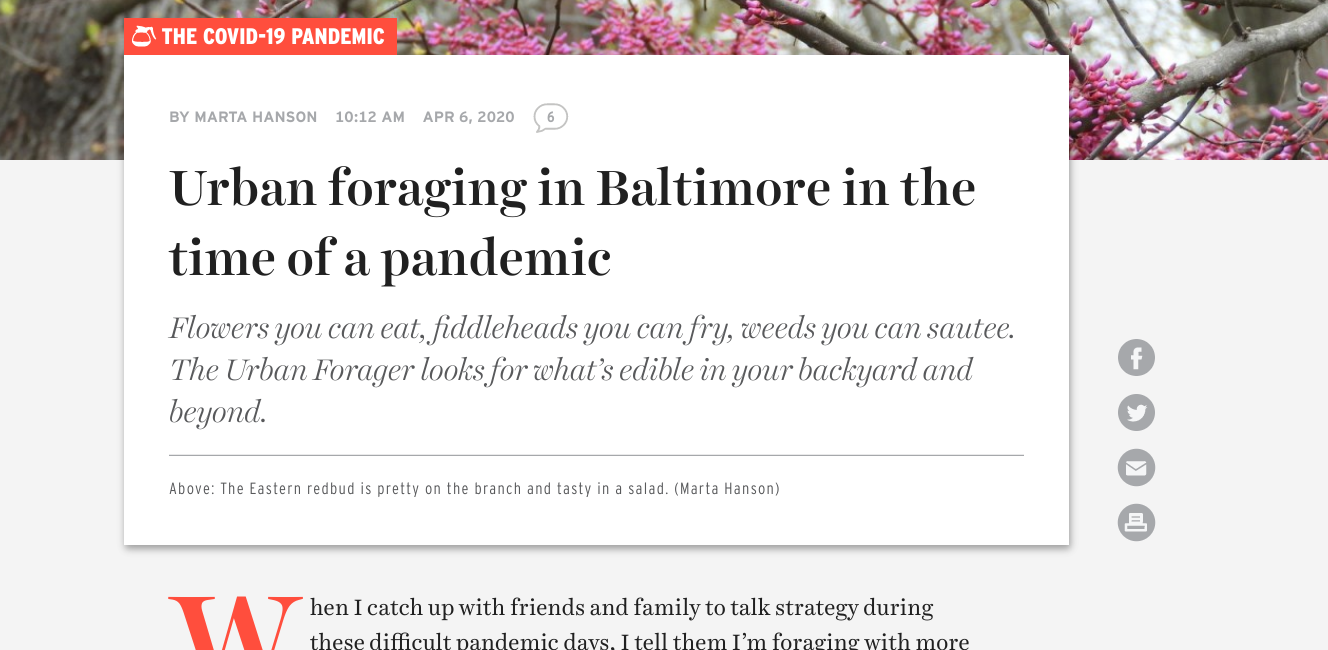
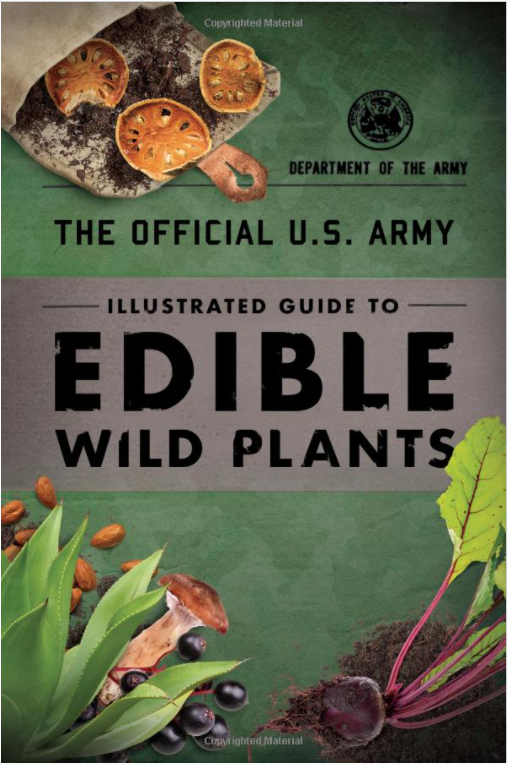
The Illustrated Guide to Edible Wild Plants, by the United States Department of the Army
This publication is notable for not only its recency and reliable authorship, but also its accessibility. The Illustrated Guide begins by offering readers tips on plant identification,which helps prevent accidental consumption of inedible materials. In addition to offering a guide to identification, each plant is broken down into its edible part so that readers may learn how to properly utilize them. Like Stalking the Wild Asparagus, it is broad in its scope, encompassing the entire United States. In addition, it provides readers with advice on how to use plants for purposes other than sustenance: certain plants can be used medicinally, and others are fibrous enough to use for basket-weaving.
The Joy of Foraging, by Gary Lincoff
Accessible to any Maryland resident with an Enoch Pratt Free Library card, this publication can be easily downloaded for future reference. The author specifically includes plants that are highly palatable and pleasing to sensitive taste buds, which makes it a particularly useful read for family chefs that have to cater to picky eaters and different palettes. It includes a checklist of items that one should bring with them on a foraging foray, which is helpful for beginners who do not know where to start with the collection process. It also approaches foraging with responsibility in mind: the guide specifically speaks out against overharvesting and does not include plants that are easily confused with poisonous ones.
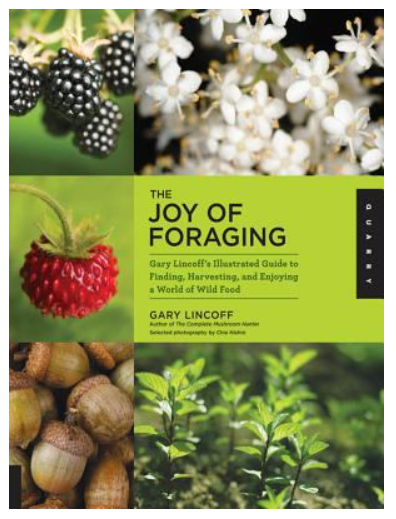
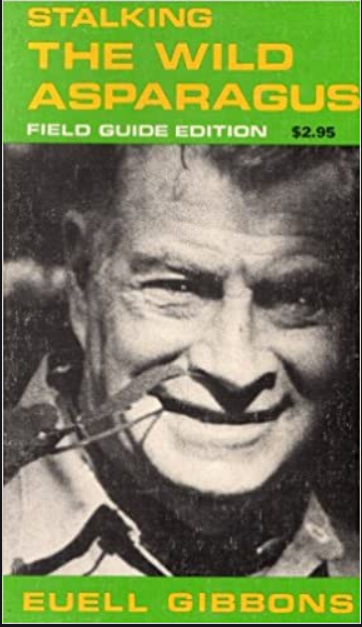
Stalking the Wild Asparagus, by Euell Gibbons
This publication by outdoorsman and anthropologist Euell Gibbons discusses his triedand true recipes for wild-grown nuts, seeds, roots, and greens. This is a general NorthAmerican resource, rather than specific to Maryland, and also ventures into explorationsof wild fish and game.
A City Herbal : Lore, Legend & Uses of Common Weeds
Due to its urban focus, this publication will be particularly useful for residents of Baltimore proper. Requiring only a free archive.org account to access, A City Herbal teaches readers how to identify edible plants that they may encounter on their walk to the bus stop or on their way out of a store. Additionally, it offers means to preserve these finds via freezing, drying, and other means in order to maximize the benefit of free foraged foods year-round, even through arid Maryland winters.
